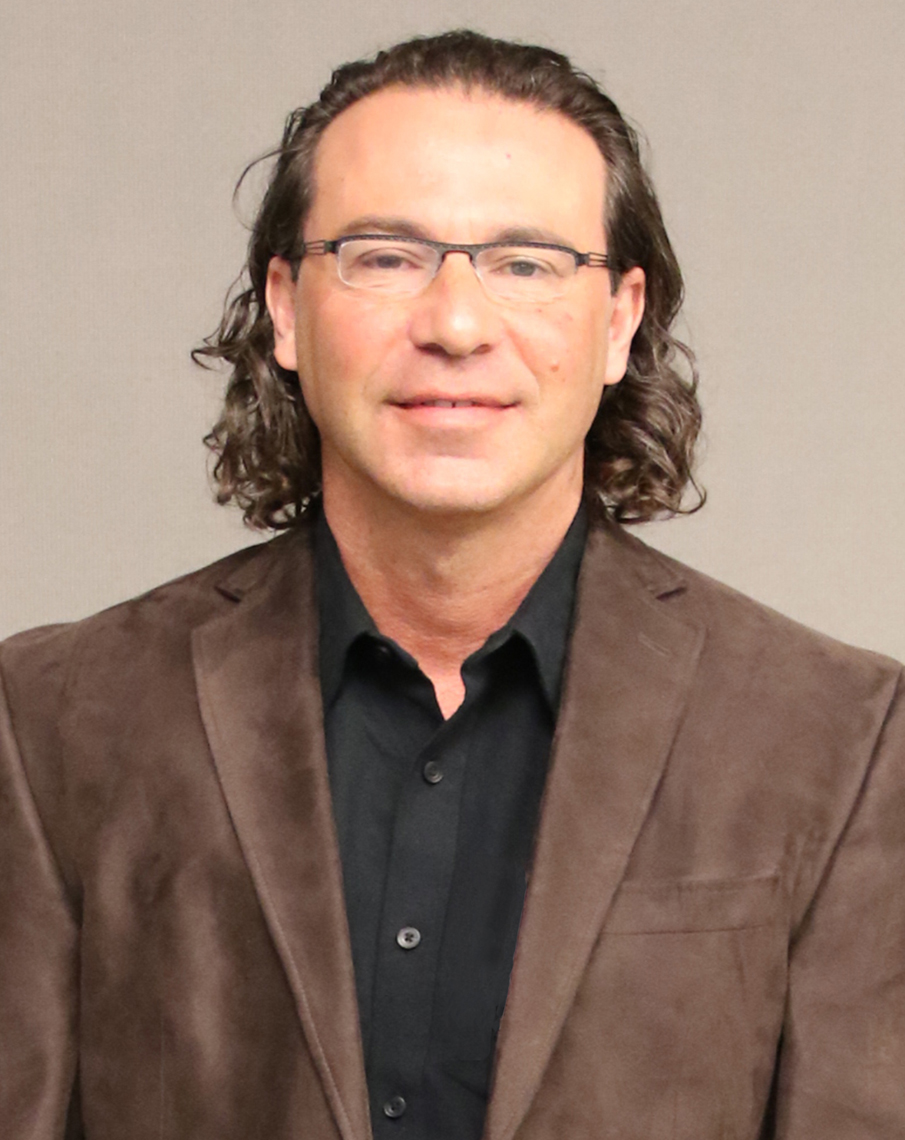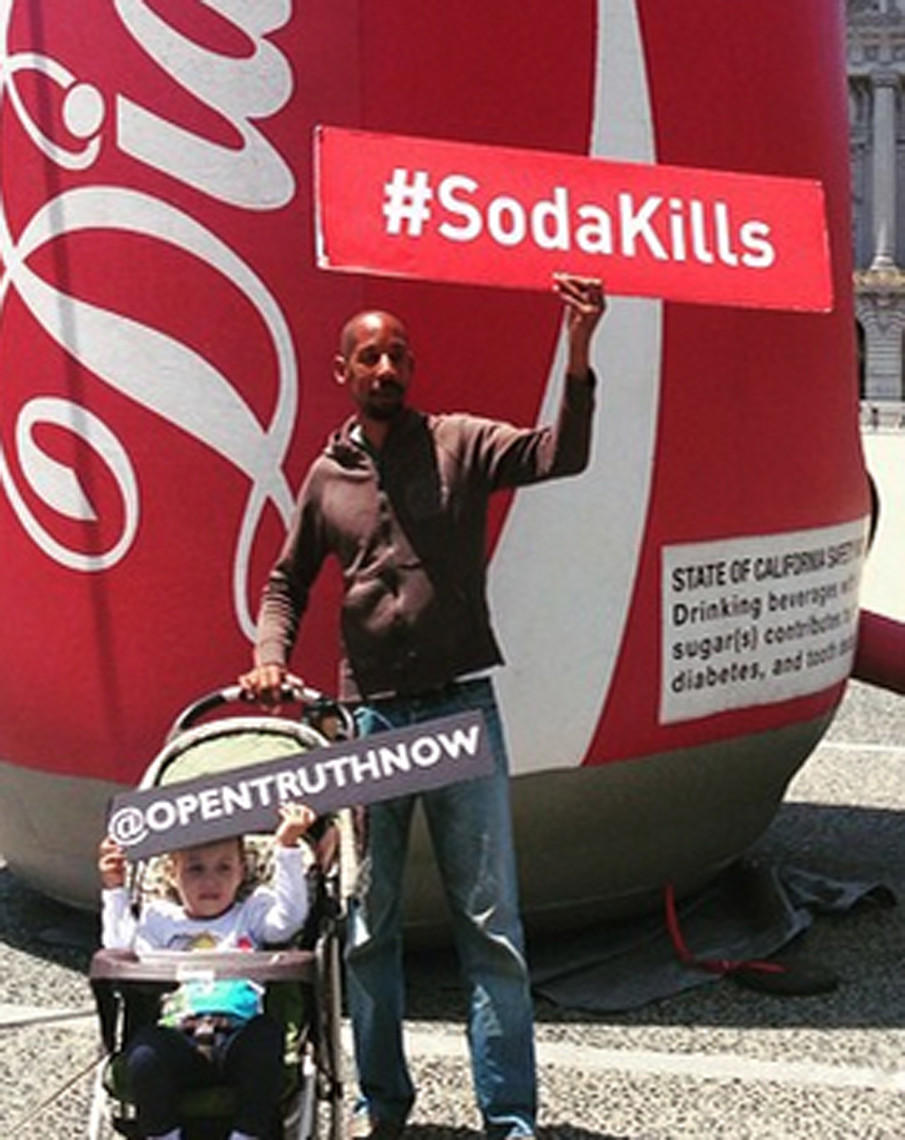A Social Marketing Campaign Empowers Youth to Combat Type 2 Diabetes
In recent years, the incidence of type 2 diabetes has dramatically increased among people under age 20, especially among U.S. minority populations. Now, more than 1 in 5 U.S. teens has prediabetes, which suggests that half of them will have type 2 diabetes within 10 years.1 Dr. Dean Schillinger, who is the founder and former director of the University of California, San Francisco (UCSF) Center for Vulnerable Populations (CVP) and currently directs CVP’s Health Communications Program, has been strategizing about how to tackle this problem.

CVP, home to a National Institute on Minority Health and Health Disparities (NIMHD)–funded Comprehensive Center of Excellence for Health and Risk in Minority Youth and Young Adults (CHARM), is dedicated to improving health and reducing disparities through discovery, innovation, policy, advocacy, and community partnerships. CVP seeks to develop effective strategies to prevent and treat chronic diseases in communities most at risk. It has particular expertise in health communication.
"It has been difficult to engage the public and policymakers around seeing diabetes as a social, environmental, structural, or even public health problem," said Schillinger. "There is a lot of individual ‘shame and blame’ that flies around when discussing how to tackle diabetes. The diabetes discourse in the U.S. is largely framed as a very individualistic problem—a problem of poor and uneducated people making bad choices—not as the complex socioeconomic and environmental problem that it truly is. And the very fact that we have a diabetes epidemic in low-income and minority youth represents a textbook social justice problem."
In developing his strategy, Schillinger, the former chief of the Diabetes Prevention and Control Program for the California Department of Public Health, began to think about other public health battles that had been waged successfully, such as the wars against AIDS and tobacco.
"What changed the national conversation about AIDS? The gay community and their stakeholders took charge and became activists—they became passionate agents of change," said Schillinger. "And in the 30-year battle over tobacco, the discovery of the harmful effects of secondhand smoke led to the creation of taxes, laws and regulations, and marketing campaigns to keep kids from smoking and, by extension, make us all healthier."
So he decided that he needed to help foster a community of activists and leaders who could speak the truth. Who better to do this than the youth who are most affected? As Schillinger said, "Children with type 2 diabetes are the secondhand smoke equivalent in this epidemic; they are largely innocent bystanders whose unhealthy exposures lead to disease."
To that end, CVP and Youth Speaks, a San Francisco–based youth development organization that curates spoken word performance among youth from low-income minority communities, collaborated to create The Bigger Picture. The Bigger Picture is a social marketing diabetes prevention campaign designed to combat the rising epidemic of type 2 diabetes by empowering minority youth to change the conversation about the disease and to work to transform the social and environmental factors that have led to its spread. The campaign has been partially funded by NIMHD.
"The campaign allows minority youth to gain agency over their lives and, with their voices, positively impact their communities and the world around them," said Schillinger. "That empowerment in and of itself is healthy and promotes a sense of resilience instead of vulnerability."
Strategies for The Bigger Picture include implementing writing workshops led by poet mentors and health professionals, enabling youth to create poetry, and producing short films and video public service announcements (PSAs) of these poems.2 To date, 24 PSAs have been produced, including two in Spanish; six more are under production. In addition, youth poets perform at high school assemblies that feature the campaign PSAs, an interactive presentation, and live spoken word performances. The campaign has held numerous community outreach events and has developed an educator’s toolkit to promote deeper engagement in schools. It also has a website, a Facebook page, and a Twitter account.
In spoken word performances and videos, young people deliver riveting and emotional raps and poems about issues like their struggles with food addiction, obesity, food insecurity, the lack of safe spaces for physical activity, oversaturated marketing tactics, the harms of sugar-sweetened beverages, and the incidence of type 2 diabetes as it relates to the immigrant experience of acculturation. The poems always make explicit the links to the social, environmental, and structural factors that surround the poets and shape their choices and behaviors. The PSAs have been viewed online more than 1.5 million times.

"This is where kids are and how they respond to issues of social justice," said Schillinger. "When young people learn they are being targeted by the food industry, it gets them angry and motivated. I have heard them speak in ways that transform a room. No matter how much science and data I were to present, I could never be heard in the same deeply connecting ways that these youths are being heard. So through this project, we’re conveying science and public health messages, but through compelling forms of art and first-person narratives that capture the socioecological nature of the epidemic. It is truly a union of art and science that moves viewers to social action."
To date, the campaign has educated more than 4,000 public San Francisco Bay Area high school students, 40 youth poet mentors, and more than 2,000 stakeholders about the social factors that affect the rising type 2 diabetes crisis.
Evaluations from high school assemblies have shown a dramatic increase in knowledge among students about how type 2 diabetes can be caused by environmental factors (from 34 percent to 83 percent) and significant shifts in the degree that they "care a lot" about diabetes prevention (from 29 percent to 59 percent). In addition, while most adults traditionally view young people as part of the problem, 99 percent of youth stakeholders who viewed the PSAs in conferences say they now believe young people are a critical part of solving type 2 diabetes.3
"We really want our communal work to have an impact on the lives of these young people, their families and communities," said Schillinger. "We have also seen that the campaign can shape policy at the county level and behavior at the community level."
Through formal agreements, health departments in several California counties, such as San Francisco, Alameda, and Sonoma, have used the Bigger Picture campaign as part of their public health outreach initiatives, such as PSAs to increase awareness of the health risks associated with consumption of sugar-sweetened beverages. Such efforts can lead to important policy changes and public education that can benefit minority communities and reduce health disparities, according to Schillinger.
The Bigger Picture campaign has received a variety of accolades: It has been described in scholarly journal articles, its poems have been performed at the National Academy of Sciences’ Institute of Medicine Public Health Literacy Roundtable, it has received numerous film and public health awards, and it was featured in the PBS documentary In Defense of Food.
In the next stages of this project, Schillinger hopes to develop longitudinal relationships with local spoken word organizations, health departments, and high schools across California to "develop homegrown content and generate statewide prevention activism" around the diabetes epidemic. The locally developed content will reflect issues and experiences unique to the ethnically diverse and geographically distinct communities in the various regions of the state.
"This could change policies in schools, institutions, and neighborhoods and maybe even change the social norms of the student body so as to reverse the economic incentives that make targeting minority communities so appealing to the interests whose products promote diabetes," said Schillinger.
References
- May AL, Kuklina EV, Yoon PW. Prevalence of cardiovascular disease risk factors among US adolescents, 1999–2008. Pediatrics. 2012;129(6):1035–1041.
- Rogers EA, Fine S, Handley MA, Davis HB, Kass J, Schillinger D. Development and early implementation of The Bigger Picture, a youth-targeted public health literacy campaign to prevent type 2 diabetes. J Health Commun. 2014;19(Suppl 2):144–160.
- Rogers EA, Fine S, Handley MA, Davis HB, Kass J, Schillinger D. Engaging minority youth in diabetes prevention efforts through a participatory, spoken-word social marketing campaign. Am J Health Promot. 2016 Jan 5.

















